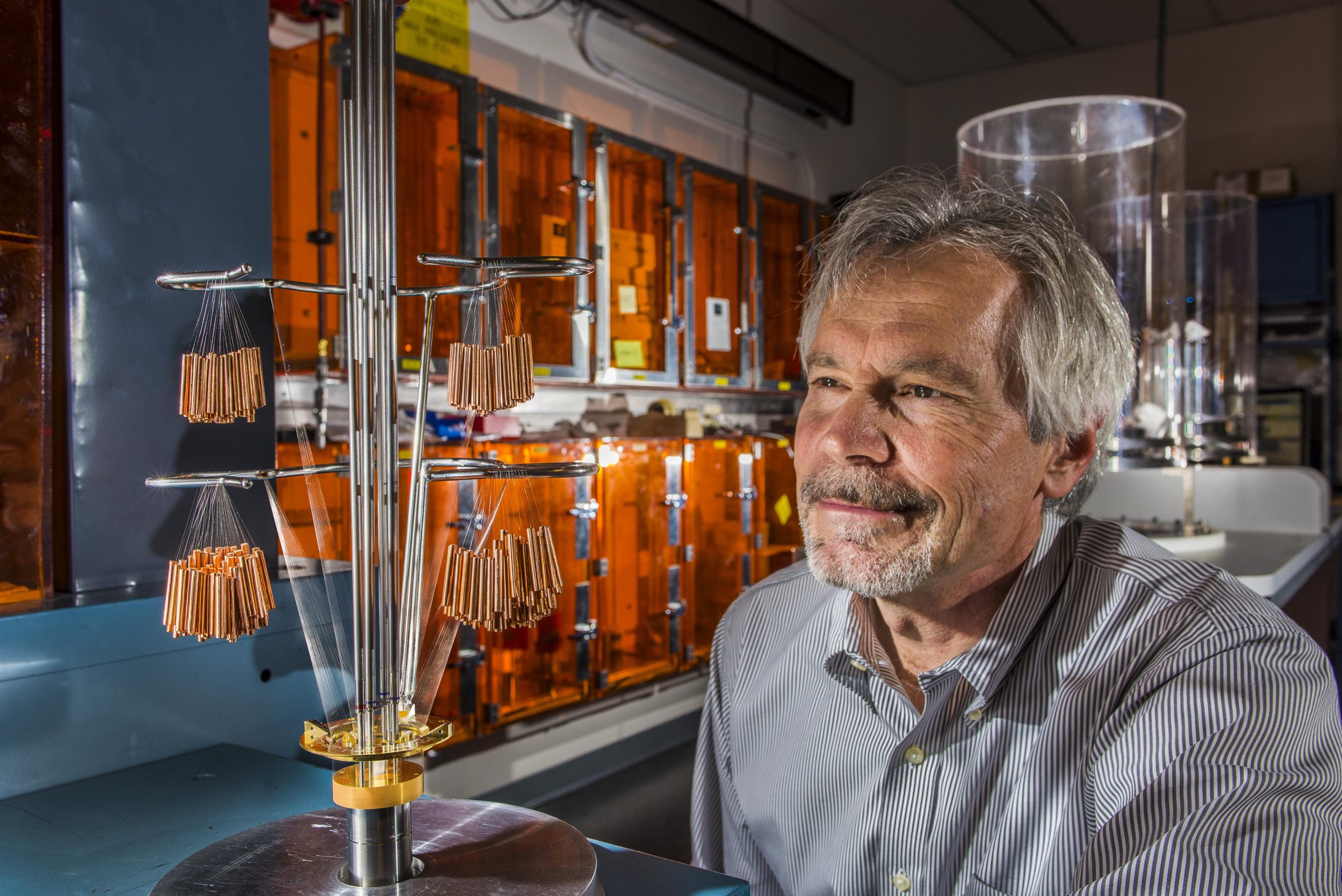ALBUQUERQUE, N.M. — By testing bits of iron at the temperature of the sun, Sandia National Laboratories physicist Jim Bailey and his team have provided key data to improve the Standard Solar Model, widely used by astrophysicists to help model the behavior of stars.
For this work, Bailey will receive the American Physical Society’s annual John Dawson Award for excellence in plasma physics research.

“I am thrilled to receive the 2016 APS Dawson Award,” said Bailey. “I worked on this project for more than a decade and it is an extraordinary feeling to know that my peers believe it was time well spent. It is an honor not only for me, but also for my multi-institutional team and the Pulsed Power Sciences Center at Sandia.”
He adds that “the achievement was clearly enabled by my talented Sandia teammates: Greg Rochau, Taisuke Nagayama, Guillaume Loisel and Stephanie Hansen. We benefited from consistently supportive management and the opportunity to perform experiments with the Sandia Z facility, one of the world’s pre-eminent scientific instruments.”
Bailey’s exacting work measured iron’s capacity to hinder the migration of energy originating deep in the sun’s interior. Bailey and his team were able to determine that iron can absorb much more X-ray radiation near the edge of the sun’s radiative zone than formerly surmised. The new, experimentally derived figures provided a dose of reality to the models of theoreticians.
“The exquisite measurements made by Jim and his colleagues have triggered enormous interest in the stellar and high energy density physics communities,” said Keith Matzen, director of Sandia’s Pulsed Power center. “These results, from data collected over years, show the growing importance of pulsed power as an experimental platform to study laboratory astrophysics.”
Mike Campbell, deputy director at the Laboratory for Laser Energetics at the University of Rochester, said that while previous Dawson awards for this field have gone to laser research, the 2016 award is the first for a pulsed power machine like Z.
The society said the award was made “for extraordinarily thorough laboratory opacity measurements of plasmas at realistic stellar interior conditions that directly resolve outstanding questions about solar structure, identify new theoretical challenges and propel a new generation of precision high energy density experiments of direct astrophysical relevance.”
The award is named for John Dawson, who was among the first to realize that computers had become powerful enough to model clouds of particles that formerly had been solely the object of laboratory experiments. The simulation method has since spread to many areas of science and technology and is usually considered on an equal footing with experimental and theoretical techniques. However, the three techniques work best when used to check each other, as Bailey’s work demonstrates.
Bailey will receive the award at the APS Division of Plasma Physics meeting in San Jose, California, Oct. 31-Nov. 4.